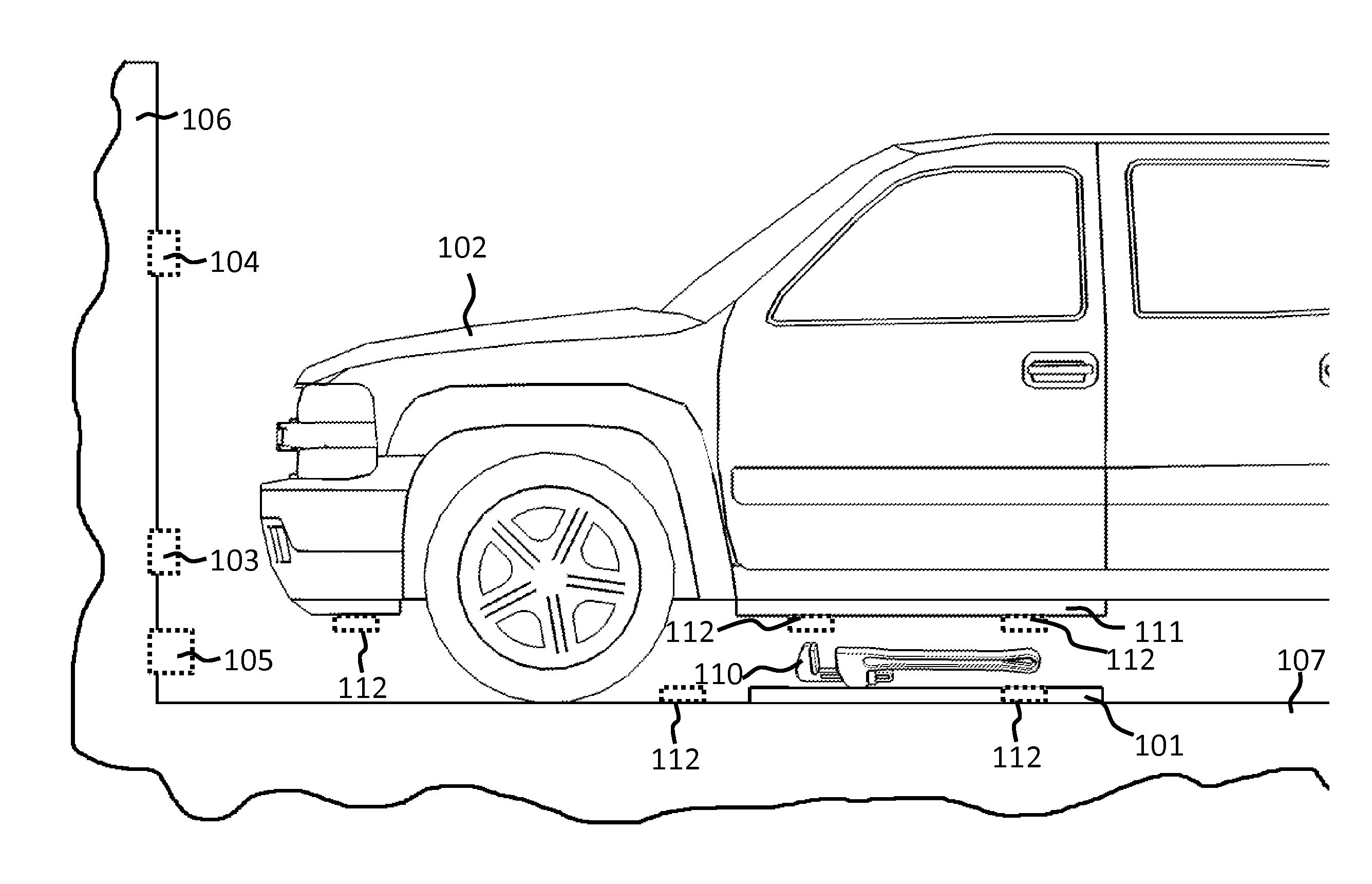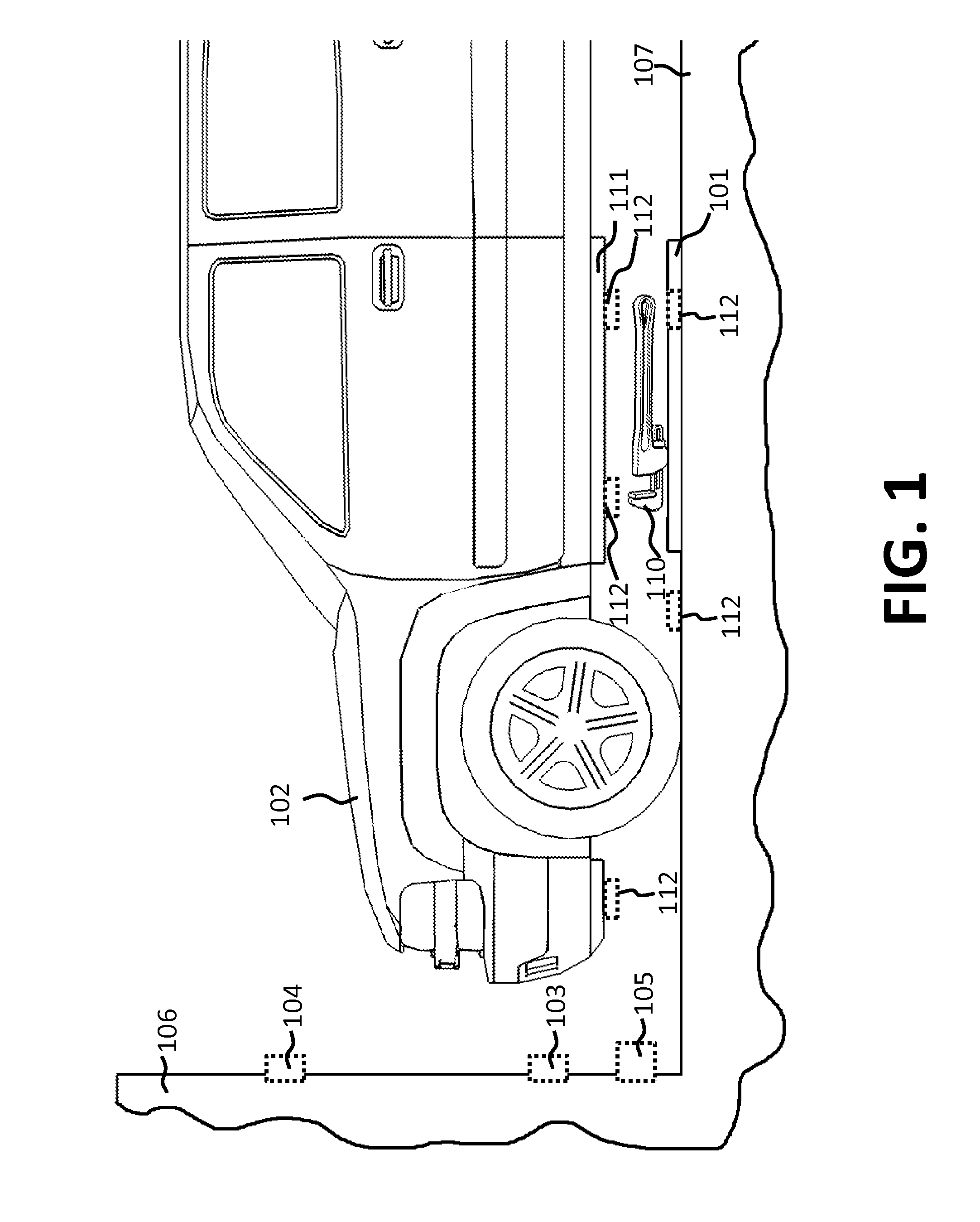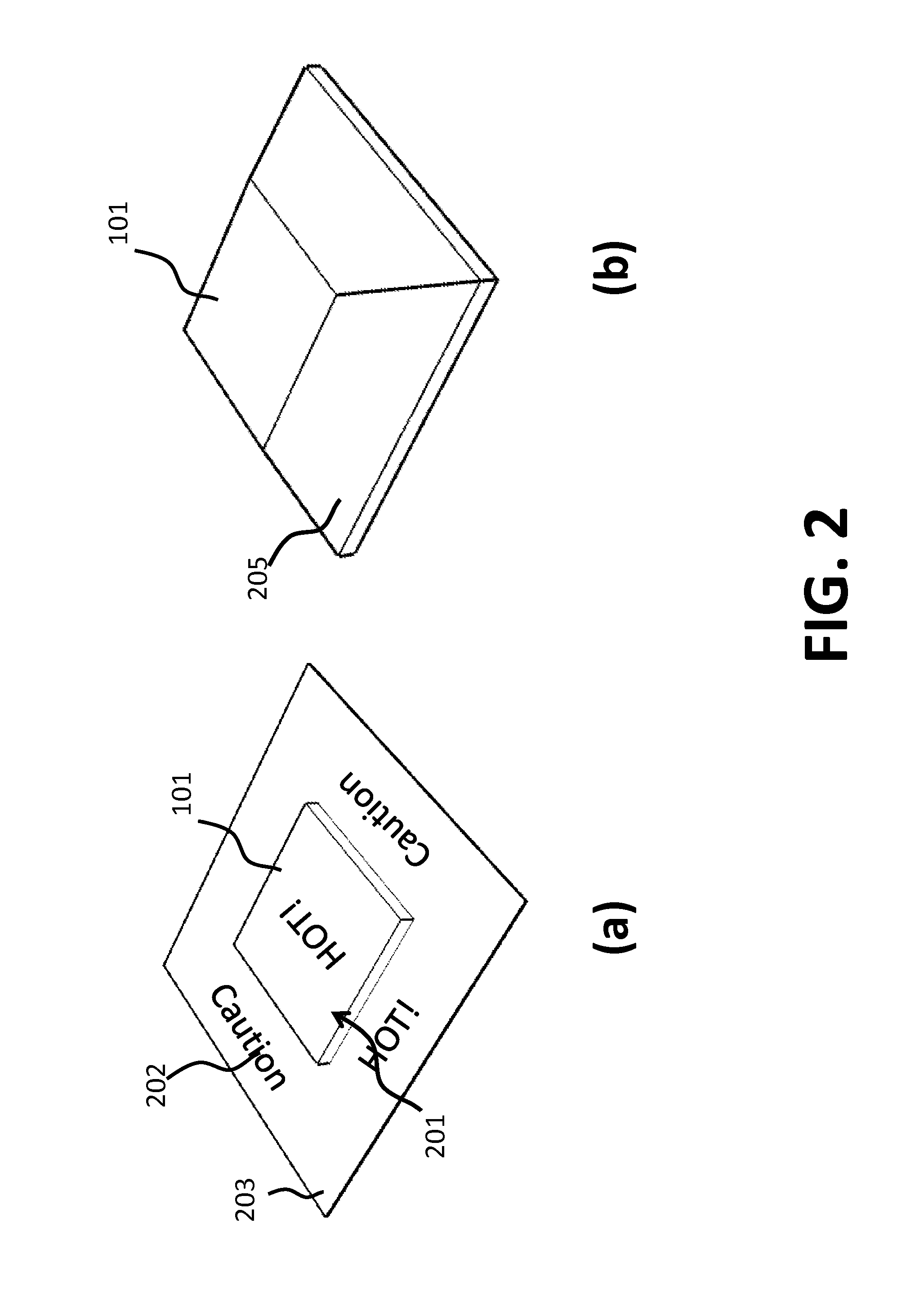Vehicle Charger Safety System and Method
a safety system and vehicle charger technology, applied in charging stations, electric devices, transportation and packaging, etc., can solve the problems of limited use of wireless systems for vehicle charging, limited amount of energy that needs to be transferred, and limited commercial deployment of wireless vehicle charging apparatus
- Summary
- Abstract
- Description
- Claims
- Application Information
AI Technical Summary
Benefits of technology
Problems solved by technology
Method used
Image
Examples
Embodiment Construction
[0024]As described above, this disclosure relates to wireless vehicle chargers using coupled resonators. Extensive discussion of systems using such resonators is provided, for example, in commonly owned U.S. patent application Ser. No. 12 / 613,686 published on May 6, 2010 as US 2010010909445 and entitled “Wireless Energy Transfer Systems,” and incorporated herein by reference in its entirety as if fully set forth herein.
[0025]Referring now to FIG. 1, a charging source resonator 101 is integrated with a garage floor 107 so as to provide wireless charging to an automobile 102. In one embodiment, source resonator 101 is embedded in floor 107. In a second embodiment, resonator 101 is fixed on top of floor 107, such as by a plate bolted to floor 107. In a third embodiment, resonator 101 is implemented as a mat laid on top of floor 107. Resonator 101 is part of a wireless vehicle charging system, the other components of which are not explicitly illustrated here. For clarity in this disclos...
PUM
 Login to View More
Login to View More Abstract
Description
Claims
Application Information
 Login to View More
Login to View More - R&D
- Intellectual Property
- Life Sciences
- Materials
- Tech Scout
- Unparalleled Data Quality
- Higher Quality Content
- 60% Fewer Hallucinations
Browse by: Latest US Patents, China's latest patents, Technical Efficacy Thesaurus, Application Domain, Technology Topic, Popular Technical Reports.
© 2025 PatSnap. All rights reserved.Legal|Privacy policy|Modern Slavery Act Transparency Statement|Sitemap|About US| Contact US: help@patsnap.com



